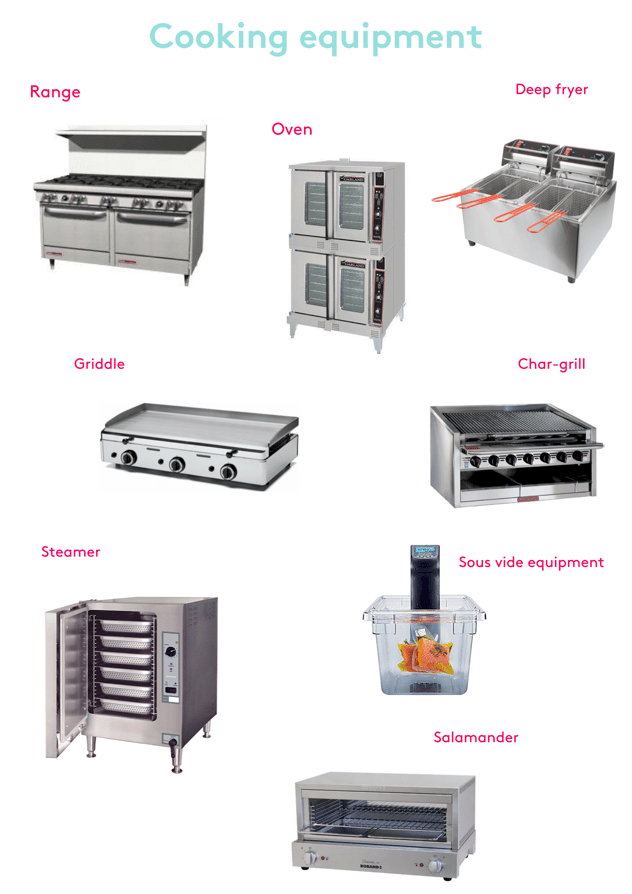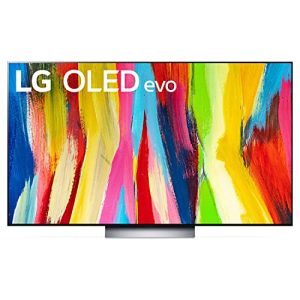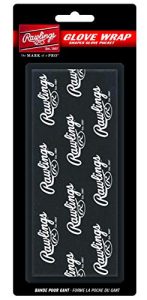Contents
Imagine having a kitchen appliance that can transform your cooking experience. Introducing “The Essential Kitchen Appliance Guide” – your go-to resource for all things culinary. From helping you choose the perfect blender or food processor to providing tips and recommendations, this guide is your trusted companion in the kitchen. Let it guide you towards creating delicious meals effortlessly!
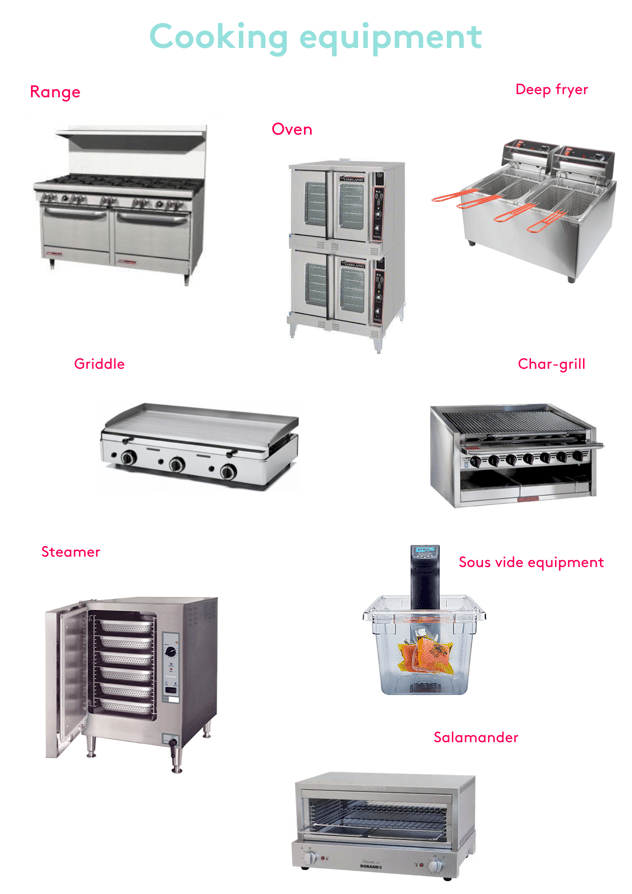
The Essential Kitchen Appliance Guide
Welcome to the Essential Kitchen Appliance Guide! In this comprehensive article, we will take a closer look at the must-have appliances that are essential for any kitchen. Whether you are a seasoned chef or just starting out in the culinary world, having the right appliances can make a world of difference in your cooking experience. So, let’s dive in and explore the top ten kitchen appliances that every home cook should consider having.
1. Refrigerator
The refrigerator is undoubtedly one of the most important appliances in any kitchen. It’s where you store your perishable food items, keeping them fresh and safe to consume. When choosing a refrigerator, there are several factors to consider.
1.1 Types of Refrigerators
Refrigerators come in various types, such as top-freezer, bottom-freezer, side-by-side, French door, and compact models. Each type has its own advantages and considerations. For example, a top-freezer refrigerator is a classic choice that offers affordability and simplicity, while a French door refrigerator provides a more stylish and spacious option.
1.2 Key Features to Consider
When selecting a refrigerator, think about the features that will best suit your needs. Some common features include adjustable shelves, humidity-controlled drawers, ice and water dispensers, and temperature control settings. Consider the layout of the interior and the number of drawers and compartments available to ensure it will meet your storage requirements.
1.3 Energy Efficiency and Ratings
Energy efficiency is an important consideration to save on electricity bills and reduce your carbon footprint. Look for refrigerators with the ENERGY STAR label, as they are designed to meet strict energy efficiency guidelines set by the Environmental Protection Agency. Energy-saving features like LED lighting and improved insulation can also contribute to lower energy consumption.
1.4 Maintenance and Cleaning Tips
To keep your refrigerator functioning optimally and prolong its lifespan, regular maintenance and cleaning are crucial. Clean the interior and exterior surfaces regularly, paying attention to the condenser coils located at the back of the appliance. Defrosting the freezer compartment if frost builds up is also important to maintain proper functionality. Additionally, make sure to keep the refrigerator organized and remove any expired or spoiling food to prevent unpleasant odors.
2. Oven
The oven is a staple in every kitchen, allowing you to bake, roast, broil, and more. When choosing an oven, consider the following factors.
2.1 Different Types of Ovens
There are various types of ovens available, each with its own unique features and cooking methods. Traditional gas ovens provide precise temperature control, while electric ovens offer even heat distribution. Convection ovens have a fan that circulates hot air, resulting in faster and more uniform cooking.
2.2 Key Features to Look for
When selecting an oven, consider the features that will enhance your cooking experience. Look for ovens with multiple cooking modes, such as bake, roast, broil, and convection, to provide versatility in your culinary endeavors. Temperature probes, which allow you to monitor the internal temperature of your food, can also be a useful feature.
2.3 Oven Capacity and Size
Consider the size and capacity of the oven, especially if you frequently cook for large gatherings or have limited kitchen space. Standard ovens typically have a capacity of around 5-6 cubic feet, while compact ovens are smaller and more suitable for smaller kitchens or households.
2.4 Cleaning and Maintenance Guidelines
To keep your oven clean and in good working condition, regular maintenance is essential. Remove any food spills or debris promptly after each use to prevent stubborn stains or odors. Self-cleaning ovens are also available, which use high temperatures to burn off residue, making cleaning easier. However, make sure to follow the manufacturer’s instructions and safety guidelines when using the self-cleaning feature.
3. Microwave
Microwave ovens have become a kitchen essential for quick and convenient cooking and reheating. Here are some factors to consider when choosing a microwave.
3.1 Choosing the Right Microwave
There are various types of microwaves available, including countertop models, over-the-range microwaves, and built-in microwaves. Consider the available space in your kitchen and your specific needs to determine the best type for you. Countertop microwaves are versatile and portable, while over-the-range and built-in microwaves can save valuable counter space.
3.2 Microwave Features and Functions
When selecting a microwave, look for features that will suit your cooking style and preferences. Some microwaves offer sensor cooking, which automatically adjusts cooking time based on the food’s steam or moisture level. Others have preset cooking programs for specific dishes or defrosting options for frozen foods. Explore the available features and choose the ones that align with your needs.
3.3 Safety and Maintenance Tips
To ensure safe operation, always follow the manufacturer’s instructions and safety precautions when using a microwave. Use microwave-safe containers and avoid putting metal or aluminum foil inside the appliance. Regularly clean the interior of the microwave to prevent food residue buildup and remove any odors. Additionally, be mindful of the microwave’s wattage to adjust cooking times accordingly.
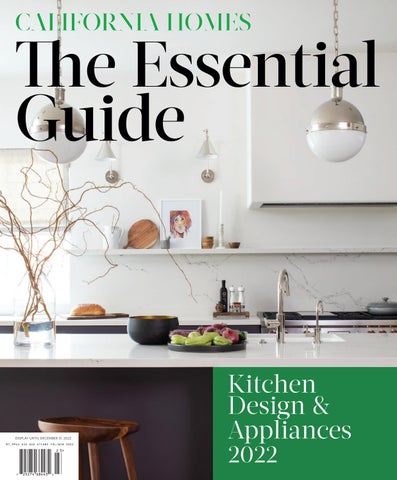
4. Dishwasher
A dishwasher can be a real time-saver, especially when it comes to cleaning up after a meal. Consider the following factors when choosing a dishwasher.
4.1 Understanding Dishwasher Types
There are different types of dishwashers, including built-in, portable, and drawer-style models. Built-in dishwashers are the most common, as they are permanently installed in your kitchen. Portable dishwashers have wheels and can be moved around if needed, while drawer-style dishwashers offer flexibility by allowing you to run separate loads in different compartments.
4.2 Features to Consider
When selecting a dishwasher, consider the features that will make your dishwashing experience easier and more efficient. Look for adjustable racks, which allow you to accommodate larger or oddly shaped dishes. Dishwashers with multiple wash cycles, such as normal, heavy-duty, and quick wash, provide versatility for different cleaning needs. Consider features like a delayed start timer or a sanitize option, which can be useful additions.
4.3 Proper Loading and Maintenance
Proper loading techniques can optimize the dishwasher’s performance and ensure thorough cleaning. Avoid overcrowding the dishwasher and arrange the items so that water and detergent can reach everything effectively. Regularly clean the dishwasher’s filter and spray arms to remove any debris that may hinder its performance. Additionally, use a dishwasher cleaner periodically to remove mineral buildup and prevent odors.
5. Stove or Cooktop
A stove or cooktop is the centerpiece of many kitchens, providing a dedicated cooking surface for preparing meals. Consider the following factors when choosing a stove or cooktop.
5.1 Types of Stoves and Cooktops
Stoves usually consist of an oven and a cooktop, while cooktops are standalone appliances with burners for cooking. Common types of cooktops include gas, electric, and induction. Gas cooktops provide instant heat control, electric cooktops offer consistent heat distribution, and induction cooktops use magnetic fields to heat the cookware directly.
5.2 Fuel Options and Cooking Styles
Consider the available fuel options and choose the one that aligns with your cooking style and preferences. Gas stoves and cooktops use natural gas or propane, while electric models use electricity as their power source. Induction cooktops require special induction-compatible cookware to function properly. Each fuel option has its pros and cons, so weigh them against your needs.
5.3 Key Features to Look for
When selecting a stove or cooktop, consider the features that will enhance your cooking experience. Look for burners with different heat levels or sizes to accommodate various cooking tasks. Some stoves have additional features like a built-in griddle or a bridge element for flexible cooking options. Safety features such as flame failure devices or residual heat indicators can also be beneficial.
5.4 Cleaning and Care Instructions
Proper cleaning and maintenance are essential to keep your stove or cooktop looking and functioning its best. Clean up any spills or food debris promptly after each use to prevent them from becoming stubborn stains. Opt for cleaning products that are safe for the specific materials of your stove or cooktop. Avoid using abrasive cleaners that may cause damage. Regularly clean the burners or elements and the surrounding areas to prevent buildup.
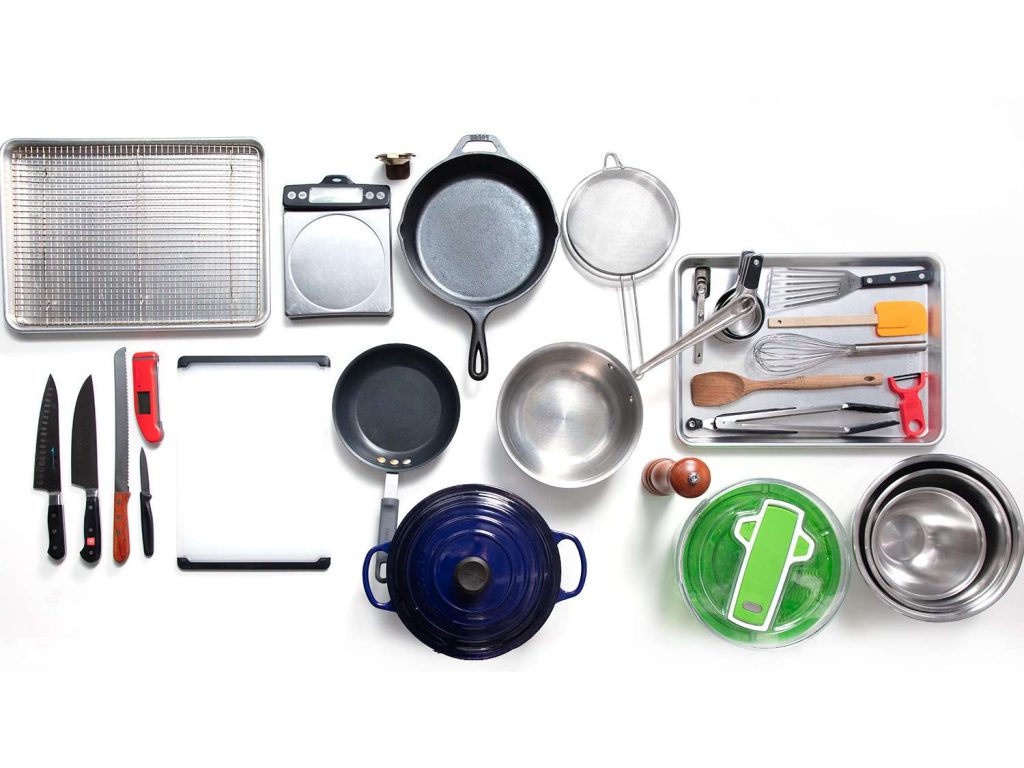
6. Blender
A blender is a versatile kitchen appliance that can help you create a wide range of dishes, from smoothies to soups. Consider the following factors when choosing a blender.
6.1 Blender Types and Uses
Blenders come in various types, including countertop blenders, immersion blenders, and personal blenders. Countertop blenders are the most common and typically offer more power and versatility. Immersion blenders, also known as hand blenders, are handheld and perfect for blending soups or sauces directly in the cooking pot. Personal blenders are compact and ideal for single-serving smoothies.
6.2 Power and Speed Settings
Blenders are rated by their power output, usually measured in watts. Higher wattage blenders generally provide more blending power. Look for blenders with multiple speed settings to give you more control over the blending process. Some blenders also offer preset programs specifically designed for tasks like crushing ice or making smoothies.
6.3 Versatility and Additional Attachments
Consider the versatility of the blender and whether it comes with additional attachments or accessories. Some blenders have interchangeable blades or jars for different purposes, such as grinding spices or chopping vegetables. Look for blenders with a durable and efficient blending jar that can withstand the demands of your recipes.
6.4 Cleaning and Maintenance Tips
Cleaning your blender after each use is important to prevent food residue buildup and maintain proper hygiene. Most blenders have removable parts that are dishwasher safe, making cleaning easy. If the blender is not dishwasher safe, simply fill the jar with warm water and a drop of dish soap, then blend for a few seconds. Rinse thoroughly and let it air dry before storing.
7. Coffee Maker
For many people, coffee is an essential part of their daily routine. Having a coffee maker at home can save time and money spent on expensive coffee shop visits. Consider the following factors when choosing a coffee maker.
7.1 Different Types of Coffee Makers
There are various types of coffee makers available, including drip coffee makers, espresso machines, French press, and single-serve coffee makers. Drip coffee makers are popular for their simplicity and convenience, while espresso machines offer a wide range of coffee options. French press coffee makers provide a more hands-on brewing process, and single-serve coffee makers are perfect for those who prefer individual servings.
7.2 Features to Consider for Coffee Enthusiasts
Coffee makers come with different features that can enhance the brewing experience. Some coffee makers have programmable timers, allowing you to wake up to a freshly brewed pot of coffee. Others offer adjustable brew strength settings or the ability to customize the brewing temperature. Consider which features are important to you and align with your coffee preferences.
7.3 Brewing Techniques and Settings
Different coffee makers utilize different brewing techniques. Drip coffee makers rely on a drip system, while espresso machines use high pressure to extract the coffee’s flavor. French press coffee makers immerse the coffee grounds in hot water, and single-serve coffee makers use specialized coffee pods or capsules. Consider the brewing technique and settings that will produce the type of coffee you enjoy.
7.4 Cleaning and Descaling Recommendations
Proper cleaning and descaling are essential to maintain the quality of your coffee and the longevity of your coffee maker. Follow the manufacturer’s instructions for cleaning the coffee maker, including how to clean the filter and carafe. Descaling is typically required periodically to remove mineral buildup from the internal components of the machine. Use a descaling solution specifically designed for coffee makers and follow the recommended frequency for descaling.
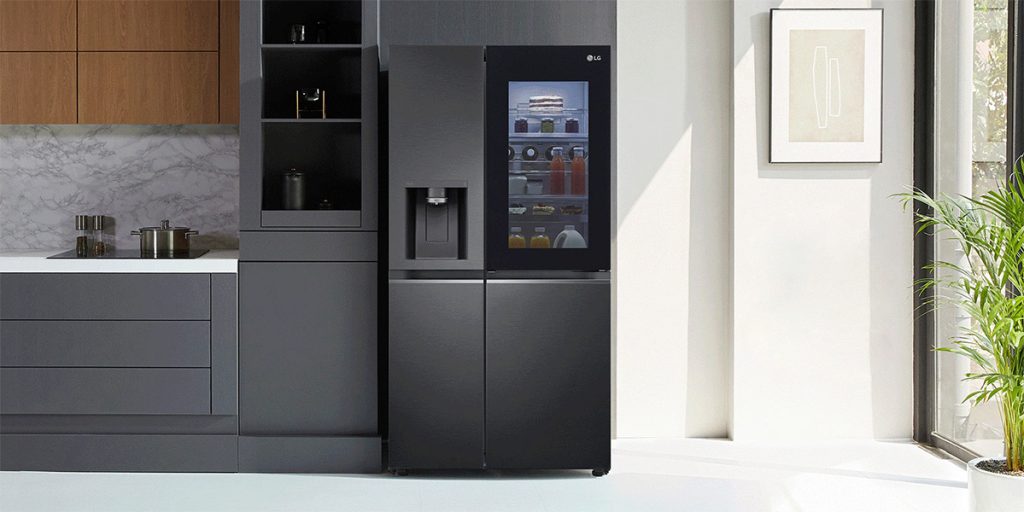
8. Toaster
A toaster is a handy appliance for quickly toasting bread and other baked goods. Consider the following factors when choosing a toaster.
8.1 Types of Toasters
Toasters come in various types, including traditional pop-up toasters, toaster ovens, and conveyor toasters. Pop-up toasters are the most common and are designed for toasting sliced bread quickly. Toaster ovens offer more versatility and can also be used for baking, broiling, and reheating. Conveyor toasters are often used in commercial kitchens and can toast large quantities of bread at once.
8.2 Toasting Functions and Features
When selecting a toaster, consider the toasting functions and features that will meet your needs. Some toasters offer multiple toasting settings, allowing you to customize the level of browning. Look for toasters with wide slots to accommodate thicker bread slices or bagels. Some toasters also come with special features like defrosting or reheating options.
8.3 Size and Capacity Considerations
Consider the size and capacity of the toaster, especially if you have limited counter space or frequently toast larger quantities of bread. Compact toasters are suitable for smaller kitchens or households, while larger toasters with multiple slots are ideal for families or those who entertain regularly. Make sure to choose a toaster that fits your specific needs in terms of size and capacity.
8.4 Cleaning and Care Instructions
To keep your toaster clean and functioning properly, regular cleaning is necessary. Always unplug the toaster and let it cool down before cleaning. Empty the crumb tray regularly to prevent buildup and potential fire hazards. Wipe the exterior surfaces with a damp cloth and mild detergent, avoiding abrasive cleaners that may damage the toaster’s finish. Follow the manufacturer’s instructions for any specific cleaning recommendations.
10. Electric Kettle
An electric kettle is a convenient and efficient appliance for quickly boiling water. Consider the following factors when choosing an electric kettle.
10.1 Benefits of Using an Electric Kettle
Electric kettles offer several advantages over traditional stovetop kettles. They heat water faster due to their dedicated heating element and can automatically shut off when the water reaches boiling point. Electric kettles are also more energy-efficient, as they only heat the water needed, reducing wasted energy.
10.2 Factors to Consider When Buying
When selecting an electric kettle, consider factors such as capacity, boil time, and temperature control settings. Choose a capacity that suits your needs, whether it’s for making a single cup of tea or boiling water for a large pot of soup. Look for kettles with shorter boil times, especially if you require boiling water quickly. Temperature control settings can be useful for different types of beverages that require specific water temperatures.
10.3 Temperature Settings and Speed
Some electric kettles offer different temperature settings for heating water to different levels, such as boiling or brewing temperatures. This can be particularly useful for tea enthusiasts who require specific water temperatures for different types of tea. Consider the speed at which the kettle can bring water to the desired temperature, especially if you need boiling water in a hurry.
10.4 Maintenance and Safety Tips
To keep your electric kettle in good condition, it’s important to follow proper maintenance and safety guidelines. Regularly clean the kettle’s interior and exterior with a mixture of water and vinegar to remove mineral buildup. Rinse thoroughly to ensure no vinegar scent remains. Avoid immersing the kettle or its base in water, as it can damage the electrical components. Always unplug the kettle when not in use and handle it with care to avoid burns from hot surfaces.
In conclusion, having the right kitchen appliances can greatly enhance your cooking experience and efficiency in the kitchen. The variety of appliances available allows you to choose the ones that best fit your needs and preferences. Whether it’s a refrigerator to store and preserve food, an oven for baking and roasting, or a blender for creating delicious smoothies, each appliance plays a vital role in making your time in the kitchen enjoyable and productive. So, consider the factors outlined in this guide and make informed decisions when selecting the essential kitchen appliances for your home.


